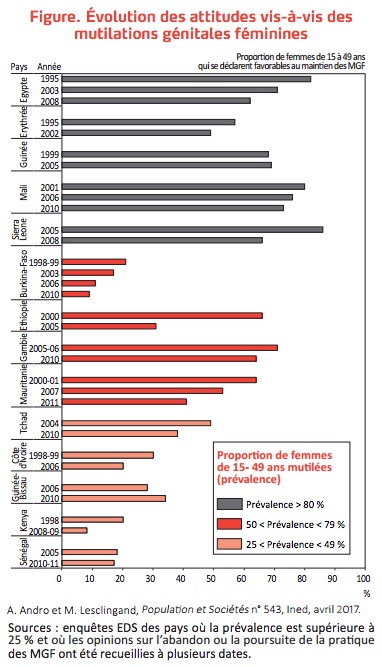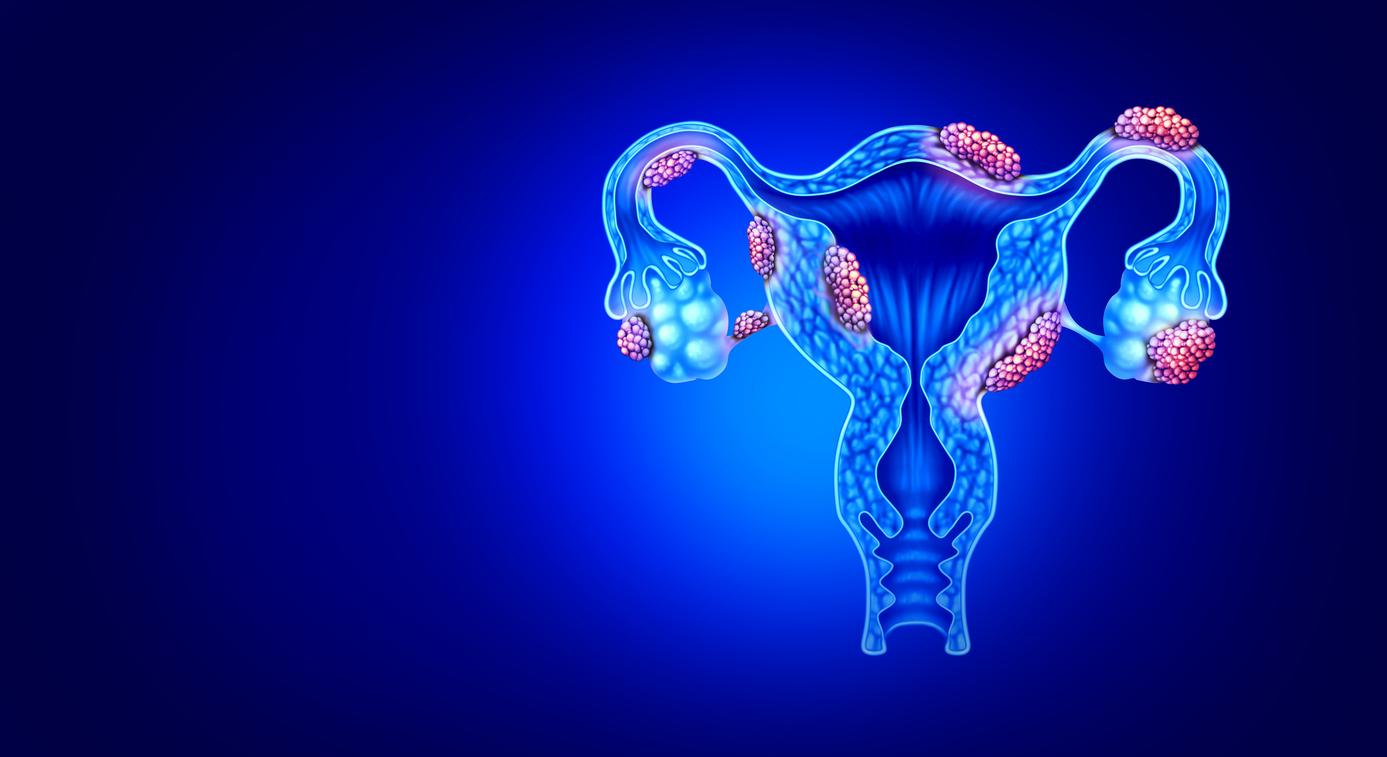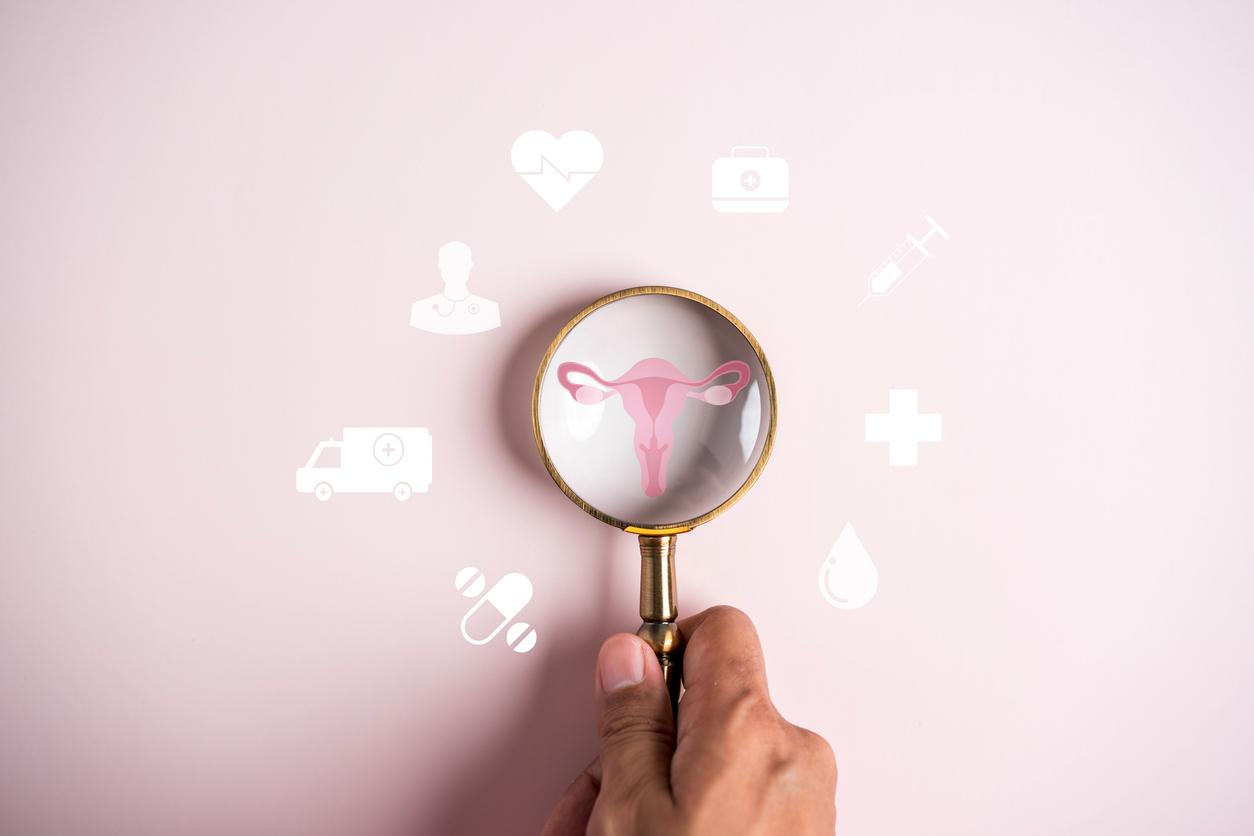INED warns against the increasingly frequent medicalization of genital mutilation, which prevents the eradication of this practice.

Cleaner, maybe. Less barbaric, less traumatic, certainly not. For some time, genital mutilation has become medicalized. “Traditional” excisors remain in the majority, but more and more health professionals mutilate the sex of girls, under the guise of reducing the health risks associated with the intervention.
This medicalization of female genital mutilation “deviates” awareness campaigns and compromises the eradication of excision, denounces the French Institute of Demographic Studies (INED) in a report. report made public this Wednesday.
More and more young
Long described as a rite of passage to adulthood, excision tends to be practiced earlier and earlier, explains the Institute. In most of the countries concerned, the majority of girls undergo genital mutilation before their ten years – and before their five years for the younger generations.
To this rejuvenation of the practice is added the “worrying” development of its medicalization in several countries (Egypt, Guinea, Indonesia, Kenya, Nigeria, South Sudan, Yemen), underlines INED.
At the initiative of the United Nations Population Fund (UNFPA), international organizations have condemned this “misuse of the first awareness campaigns, which compromises the eradication of excision”, underlines INED.

30 million young girls at risk
Some 200 million women and girls around the world have suffered genital mutilation; half of them live in Egypt, Ethiopia and Indonesia, according to an assessment by the United Nations Children’s Fund (Unicef) made public in 2016.
In the 30 countries where these mutilations have been practiced (27 African countries, Yemen, Iraq and Indonesia), there are also girls and women from countries at risk and living in countries of immigration, for whom we do not yet have an overall estimate, adds the institute.
Recent studies estimate that nearly 500,000 girls or women are mutilated or exposed to risk in the United States and more than 500,000 the number of migrant women affected in Europe. About 60,000 excised women live in France. According to Unicef, 30 million young girls are at risk of being cut over the next ten years across the world.

Popular genital surgeries
INED is pinpointing other forms of problematic surgical interventions on the genitals. For example, countries are performing “reassignment” surgeries on newborns with characteristics of both sexes.
In addition, in the United States, Latin America, Asia and Europe, a very recent development of cosmetic genital surgery practices, such as nymphoplasty (total or partial removal of the labia minora) is observed.
.
















